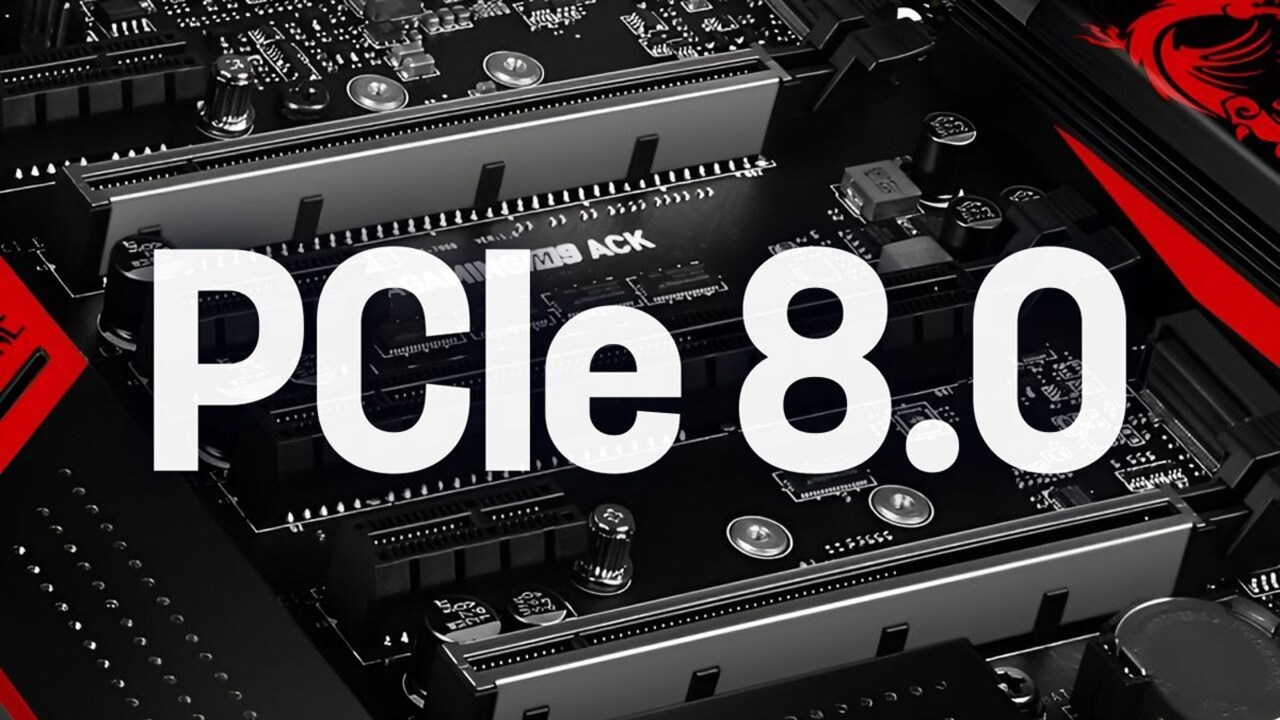PCI-SIG has officially formalized the PCIe 8.0 standard, ushering in a new era in the technology world. The fact that PCI-SIG is distributing version 0.3 to its members, even though PCIe 7.0 is still incomplete, demonstrates the rapid progress of the industry.
PCI Express 8.0 is here
The next-generation standard doubles PCIe 7.0’s 128 GT/s speed, reaching a data rate of 256 GT/s. This offers a massive bi-directional bandwidth of 1 TB/s in an x16 link configuration.

This new standard was developed specifically for processing-intensive fields such as artificial intelligence, machine learning, quantum computing, and large data centers. PCIe 8.0 not only offers speed increases, but also brings significant improvements in power efficiency, reliability, and signal technologies.
The PAM4 signal transmission technology used in PCIe 6.0 and 7.0 continues. The new standard highlights low latency and advanced error correction.
On the consumer side, current PCIe 4.0 and 5.0 speeds appear sufficient for now. Current PCIe 5.0 SSDs offer speeds exceeding 14 GB/s, and even graphics cards are not yet fully utilizing the bandwidth offered by PCIe 5.0.
Therefore, PCIe 8.0 is not a mandatory requirement for the average user or gamer in the near future. However, these speeds are critical for data centers and high-performance computing (HPC) systems.
The PCI-SIG expects PCIe 8.0 to become widespread around 2028. However, it is indicated that this date may be brought forward earlier for enterprise AI and HPC systems. Historically, PCIe 5.0, announced in 2019, appears to be widespread in 2022.













